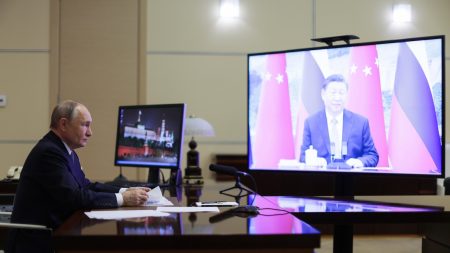Regional Tensions Rise Over China’s Naval Exercises
In recent days, the South Pacific has witnessed a significant escalation in regional tensions as China conducted unannounced live-fire naval exercises in the Tasman Sea. This incident has sparked concern among neighboring countries, Australia and New Zealand, highlighting the delicate balance of power and diplomacy in the region. The exercises, though legal, have raised questions about communication and cooperation between nations, underscoring the complexities of China’s growing influence in the Pacific.
The Incident: Unannounced Live-Fire Drills in the Tasman Sea
The exercises were conducted by three Chinese warships in the Tasman Sea, a critical waterway between Australia and New Zealand. Commercial flights were forced to divert due to short notice, disrupting air traffic in a region crucial for international travel. While the exercises were within international law, the brevity of warning has been a point of contention, with officials from both Australia and New Zealand expressing a desire for greater transparency.
Reactions: Australia and New Zealand Seek More Transparency
Leaders from Australia and New Zealand have emphasized the importance of communication, stating that while China’s actions were legal, more advance notice would have been preferable. Australian Defense Minister Richard Marles described the presence of Chinese warships in their exclusive economic zone as "unusual but not unprecedented," while New Zealand’s Defense Minister Judith Collins noted the need for clearer communication to avoid disruptions. China, in response, defended its actions, asserting that adequate warnings were issued, and criticized the accusations as unfounded.
Broader Context: China’s Expanding Influence in the South Pacific
This incident occurs amid China’s increasing efforts to strengthen its presence in the South Pacific, through both economic and military means. China has been actively pursuing security deals with smaller island nations, which has raised concerns in Australia and New Zealand about potential territorial disputes and a shift in regional power dynamics. This growing influence is part of a larger strategy to expand China’s military and economic reach, complicating the geopolitical landscape.
Implications: A Test of Regional Relationships
The exercises have significant implications for regional relationships, testing the alliances and diplomatic strategies of Australia and New Zealand with China. While both countries rely heavily on China as a trade partner, the incident may prompt a reevaluation of their diplomatic approaches. Analysts suggest that China’s actions could indicate a growing assertiveness, potentially straining relations and challenging the existing regional security framework.
Conclusion: Navigating the New Security Landscape
As the South Pacific navigates this evolving security landscape, the need for clear communication and cooperation becomes paramount. The incident underscores the importance of diplomacy in mitigating tensions and ensuring regional stability. While the exercises themselves were legal, the broader context of China’s growing influence calls for a balanced approach, where economic ties are maintained without compromising regional security. The challenge for Australia and New Zealand will be to address these concerns while fostering open dialogue, ensuring that the South Pacific remains a region of cooperation rather than conflict.















